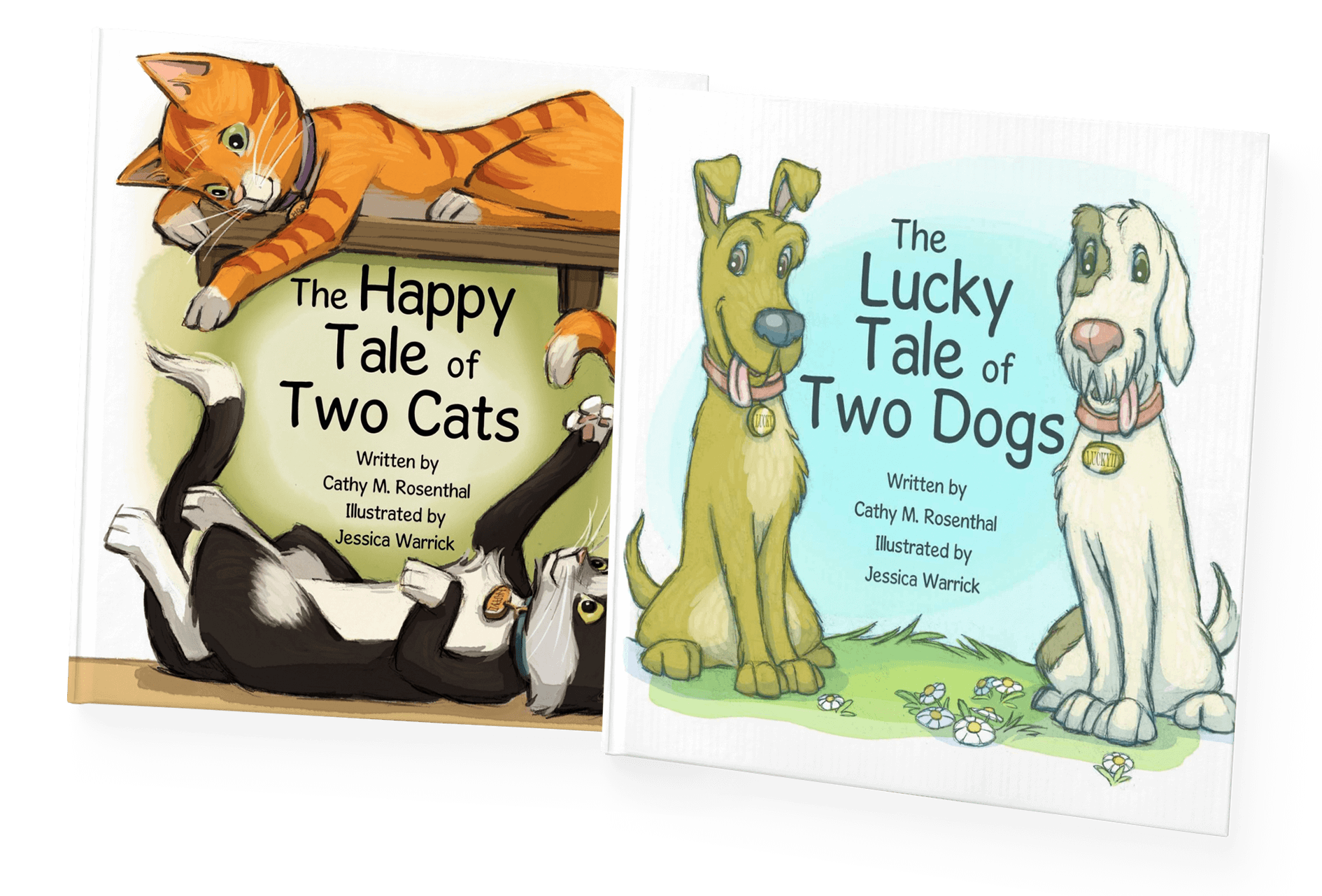A woman happily told me that she plans to get her cat spayed, but only after she has “just one litter,” she said smiling. “I want her to experience motherhood.”
I smiled back. “That’s like saying every woman has to have a baby in order to be fulfilled as a woman.”
(Some days I think my head is going to explode.)
People really believe that it’s cruel to not let pets mate and even crueler to not let female pets have at least one litter. They justify their claim by assigning pets human emotions, rather than realizing that it’s an animal’s instinct which guides mating behaviors. There is a difference between animal instinct and human behavior: one is uncontrollable; the other is very controllable—at least it’s supposed to be. However, if you spay or neuter your pet, the instinct to “mate” is gone. As you can see, this analogy would never apply to humans. Dogs and cats can be trained to do some really neat tricks, but abstinence is not one of them.
The woman continued, “And I will find homes for all my cat’s kittens.”
(I know I was still smiling, but I think my eye started twitching.)
The problem is that “just one litter” contributes greatly to the pet overpopulation problem — especially when all the puppies and kittens born can have litters of their own a few months later. According to the Humane Society of the United States, one female dog and her unfixed offspring can produce 67,000 puppies in six years. A female cat and kittens can produce 420,000 kittens in seven years.
June is Adopt-A-Cat month because more kittens are born in the springtime than any other time of the year. However, it’s not just shelters that feel the brunt of this population explosion every year. I only have to open my e-mails to hear the frustrations of our own city’s good Samaritans.
Rita wrote in to say she was “heartbroken” because someone keeps dumping three-week old kittens at her family’s home in the country. This was not the first time, nor sadly, would it probably be the last time. Just when they are done bottle-feeding one litter of kittens, someone dumps another litter on their doorstep.
Ervinell wrote to say that she found three kittens abandoned on her church’s doorsteps one Sunday. There apparently was no room at the Humane Society that day and the Animal Defense League was closed. “Where are we supposed to take the animals?” she says.
Sadly, the solution is harder than you can imagine. There is no facility in town capable of housing the 50,000 surplus dogs and cats our city produces every year—and not enough people to adopt all the animals in need.
There are some things you can do to help.
Don’t dump unwanted pets on someone else’s doorstep. As you can see, these actions are wearing on your neighbors nerves.
Spay or neuter your pet. If you let your pet have “just one litter,” then you are contributing to the euthanasia problem in our city.
Adopt a pet, if you can. Cats, especially older cats, have a much harder time getting adopted and exist in greater numbers than any other orphaned pets.
Become a foster parent. Take care of any strays or orphans that you find until there is room at an animal shelter. I know this can be difficult, but a few weeks of your time can make a lifetime of a difference to a pet.
Of course, I am probably preaching to the choir. So maybe all you need to do is quietly pass this along to one of those people who make your head want to explode. I am sure you know a few.



